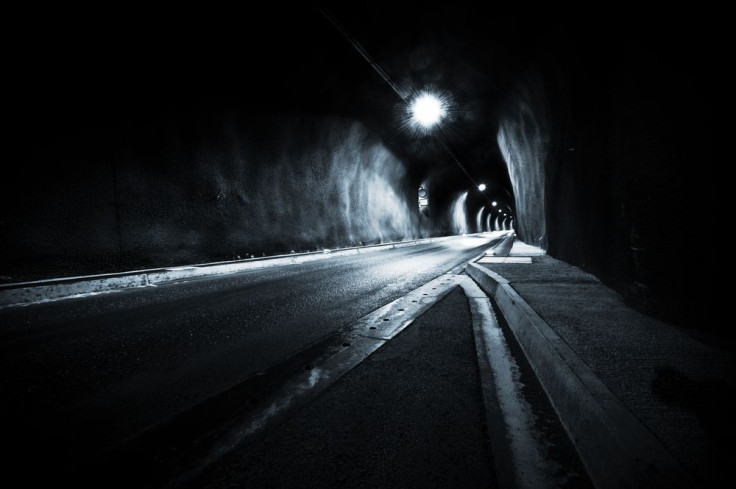'Kinesthesia' Lets Us See, Perceive Our Own Actions In The Dark Without Even Noticing

Even in the absence of all light, the brain keeps track of the body. That is the conclusion of a new study from Vanderbilt University, where neuroscientists and psychologists have discovered that the mind continues to perceive motion in complete darkness. Their findings suggest that 50 percent of the population sees in the dark without realizing it.
The study, which is published in the journal Psychological Science, sought to investigate the relationship between sight and kinesthesia – the sense that helps us intuit the relative position of body parts. For example, it is the faculty that allows you to bring your index fingers together without looking at your hands or arms. The researchers wanted to know whether this ability can be said to generate concomitant visual information – or, whether an individual who performs an action in the dark “sees” what she is doing without realizing it. According to lead researcher Duje Tadin, the remarkable findings fly in the face of traditional scholarship.
"Seeing in total darkness? According to the current understanding of natural vision, that just doesn’t happen,” he said in a press release. “This research shows that our own movements transmit sensory signals that also can create real visual perceptions in the brain, even in the complete absence of optical input.”
To investigate, Tadin and his team enrolled 129 people in five independent experiments involving sophisticated eye-tracking technology. Essentially, all scenarios assessed a subject’s ability to follow along with their eyes as they waved their own hand back and forth in total darkness. This was then compared to their ability to follow a researcher’s hand under identical conditions.
While almost none of the subjects were able to track someone else’s hand, computerized eye-tracking revealed that 50 percent of them consistently detected their own hand. The researchers theorize that the phenomenon is the result of a brain that values order and coherence. “Any time you willfully execute a movement—such as waving your hand in front of your face—your brain generates command signals sent to the muscles causing them to produce the movement,” co-author Randolph Blake explained. “Having issued those motor orders, the brain also expects them to be carried out, and that expectation is signaled to other parts of the brain as a heads-up that something is about to happen.”
“We surmise that those heads-up signals find their way into the visual pathways, thus producing an illusory impression of what would ordinarily be seen—a kind of self-fulfilling prophecy,” he added.
The study thus illustrates the strange cerebral mix-ups whereby one sense influences other faculties. Another notable example can be found in a 2013 Yale University paper, in which a team led by professors Gary Lupyan and Emily Ward demonstrates how speech can make us see what isn’t there. Like the current study, it shows just how much of human cognition takes place without our knowledge.
Source: K. C. Dieter, B. Hu, D. C. Knill, R. Blake, D. Tadin.Kinesthesis Can Make an Invisible Hand Visible.Psychological Science, 2013



























